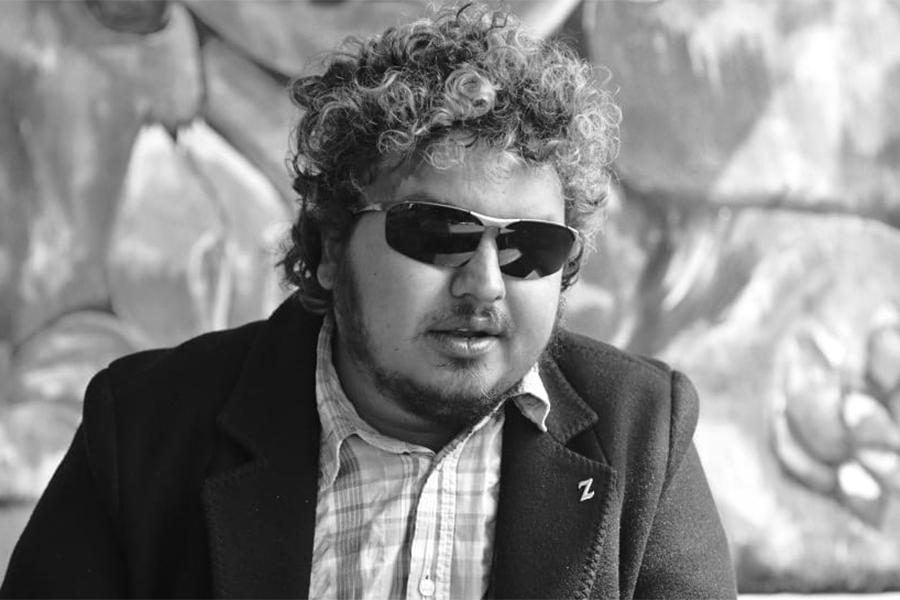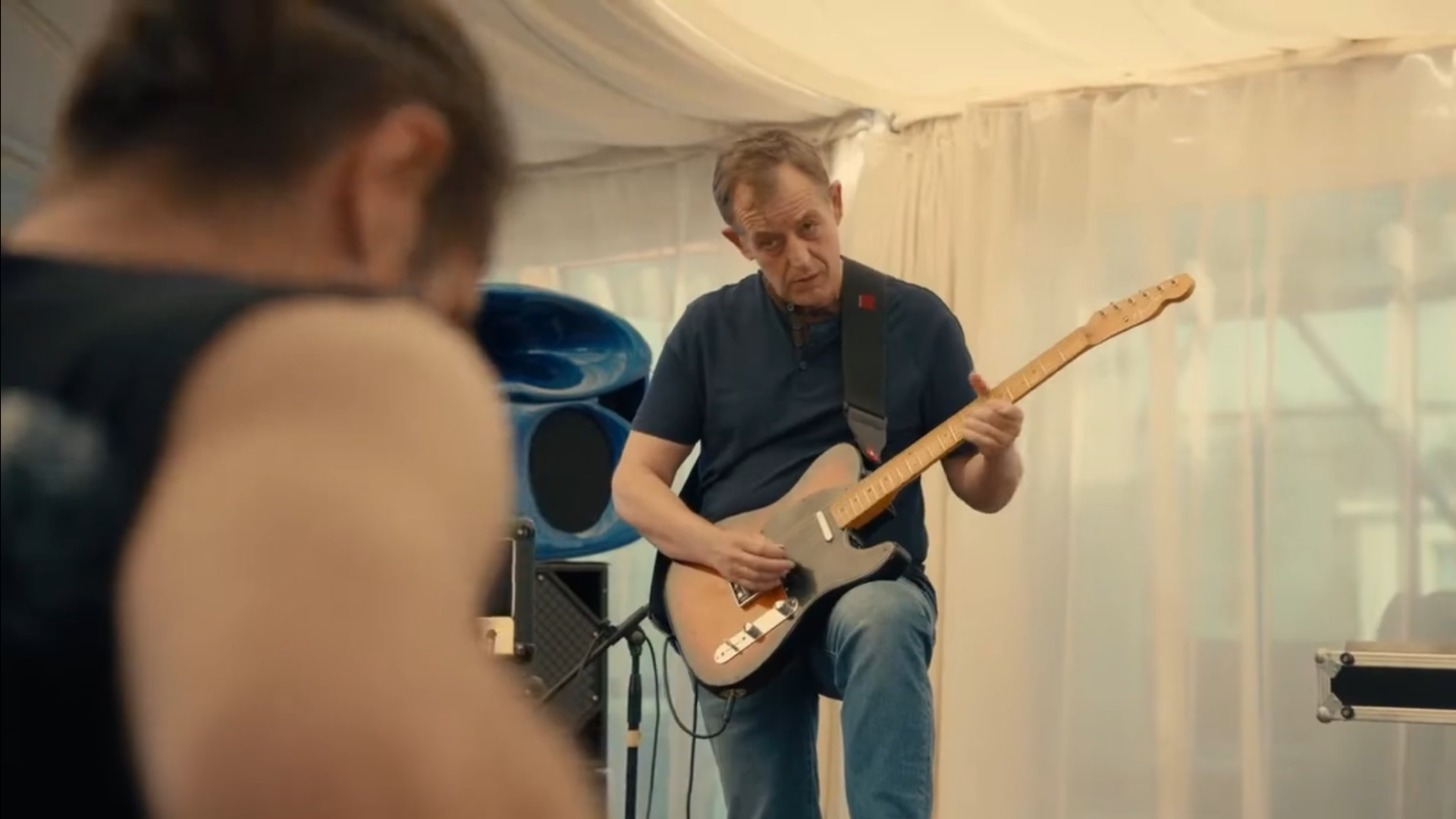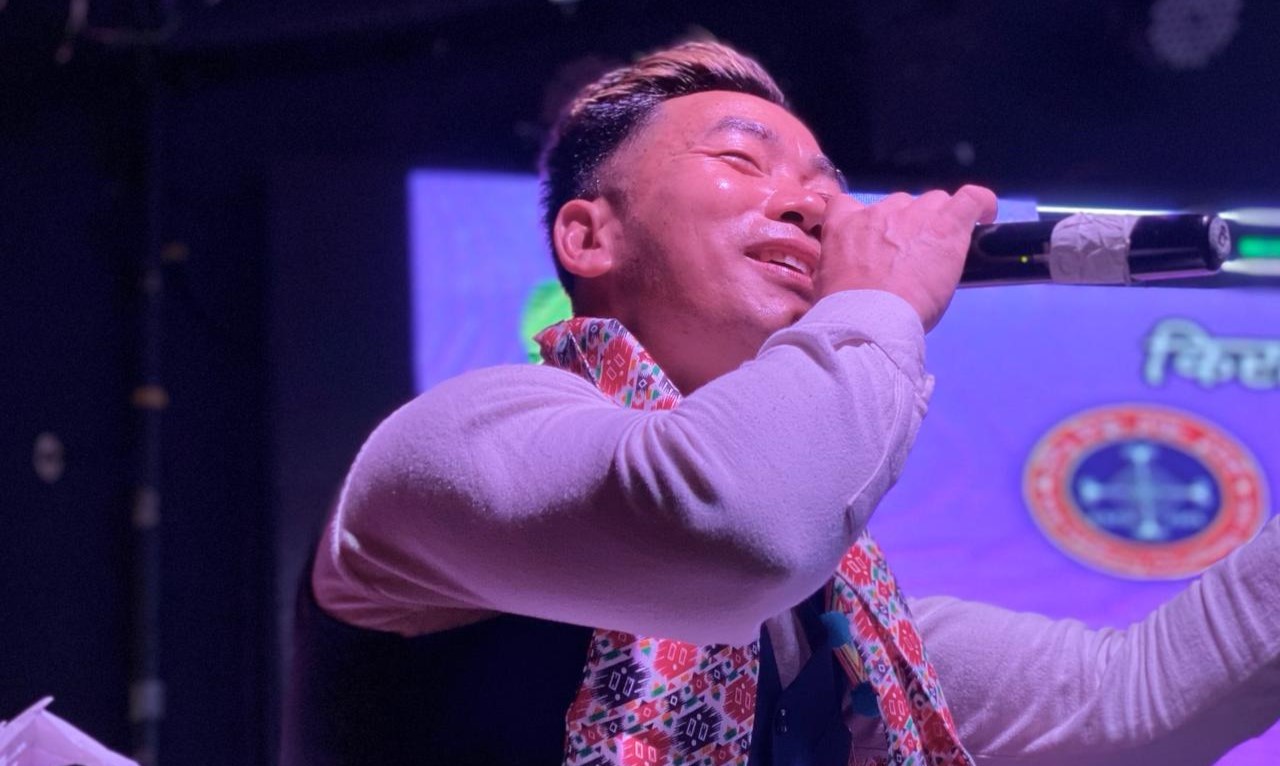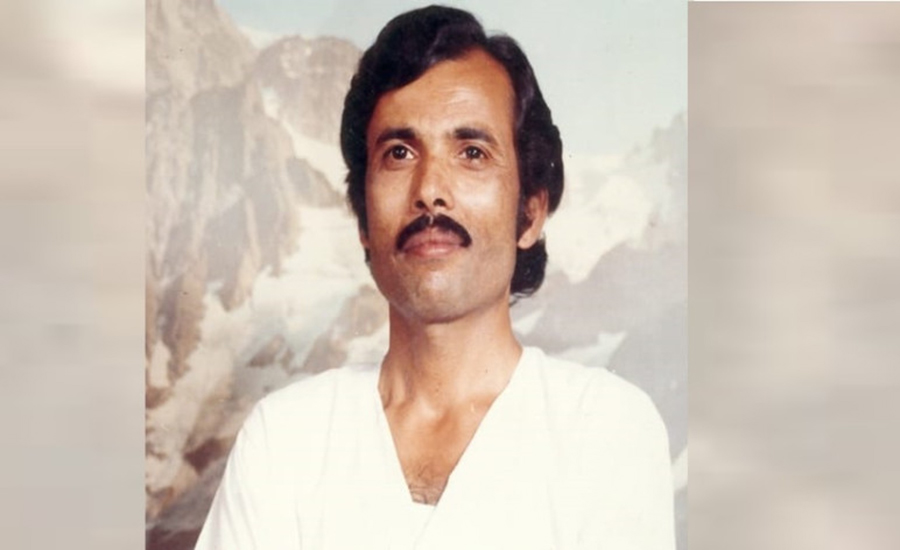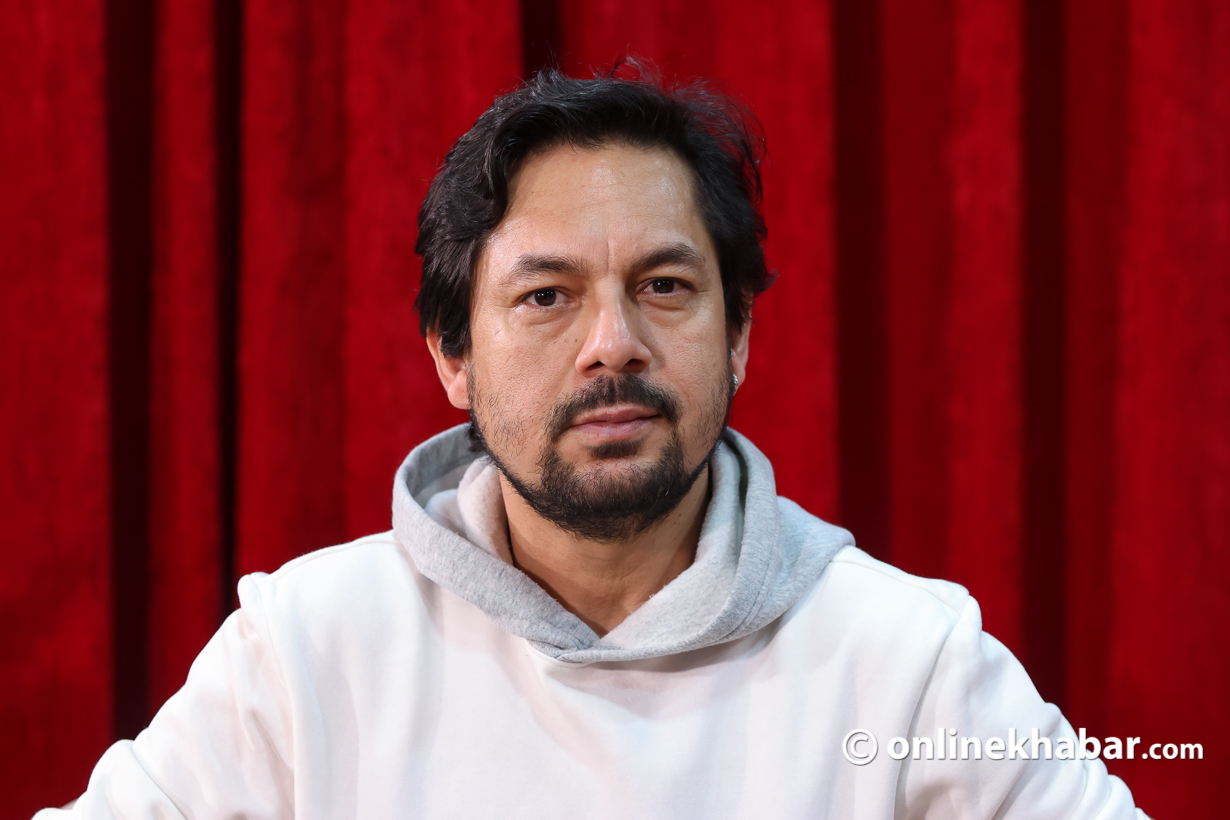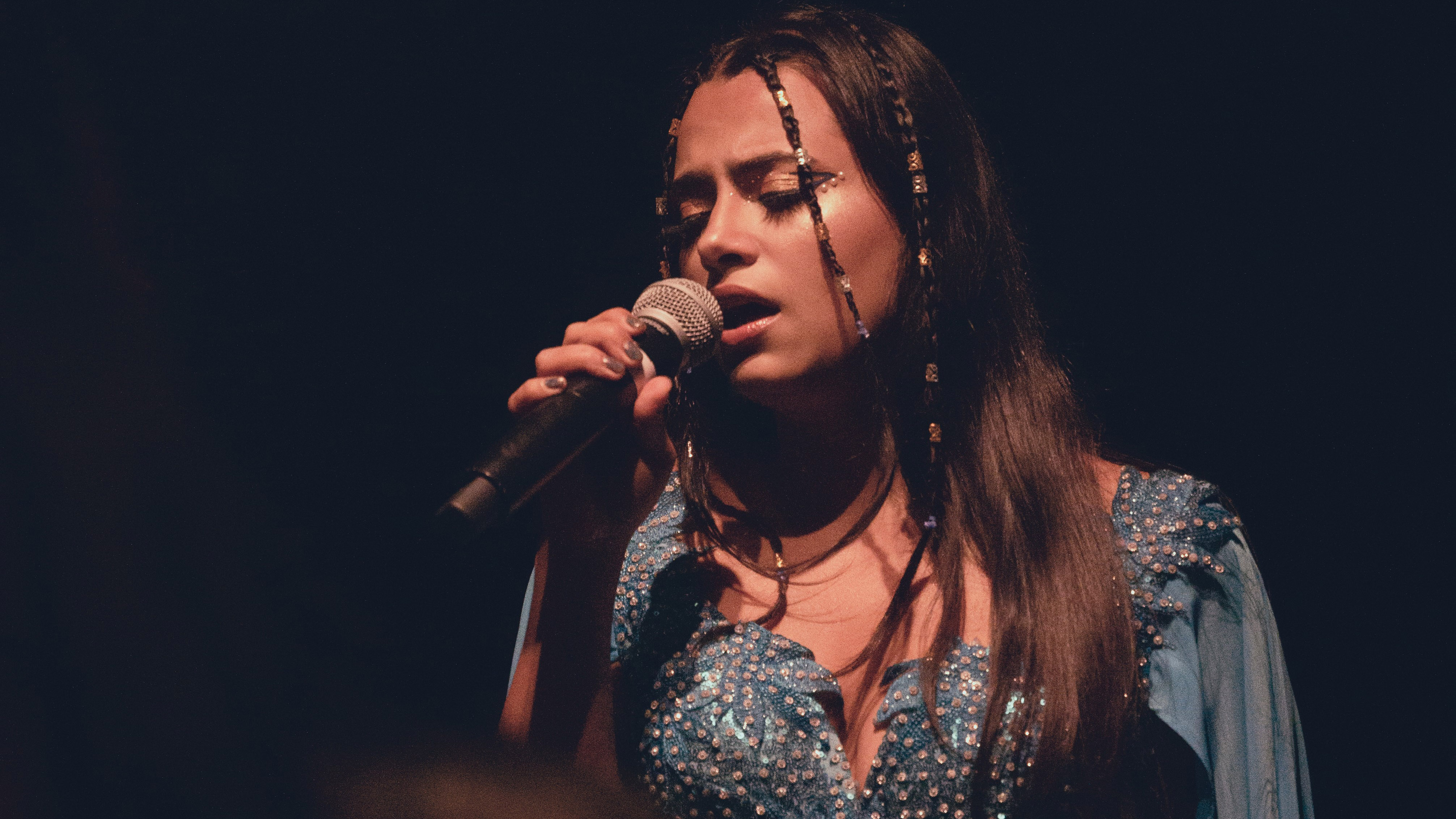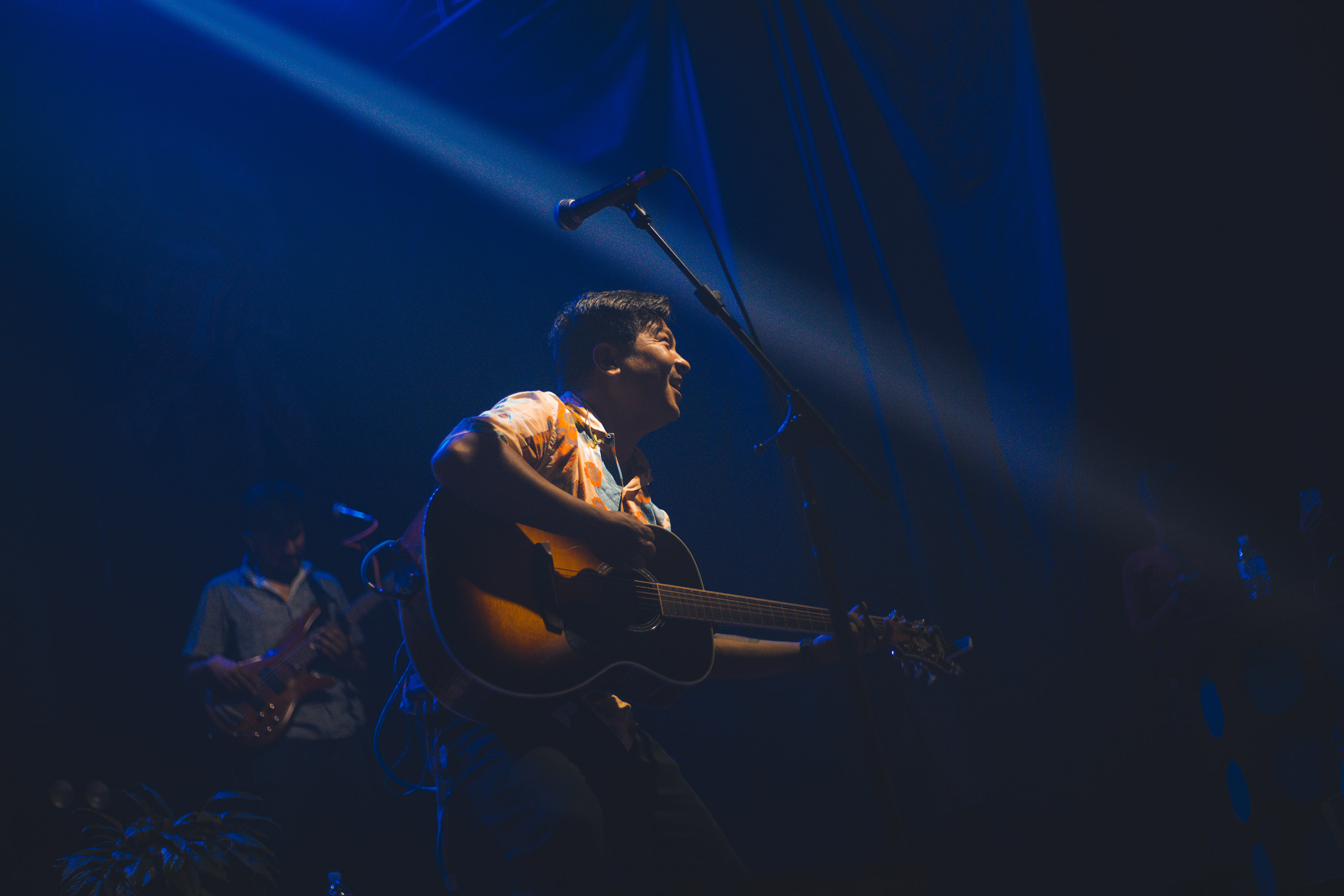
Like most of his friends and family who grew up with him in Pokhara, Shailu Rai also wanted to join the British Gurkhas. His dream, however, was cut short after he did not make it to the second round. He was frustrated as he was desperate to be part of the British Gurkhas and continue the family legacy of serving in the regiment.
However, with time, he admitted that other opportunities awaited him. In 2008, following a few months of his trial, Rai turned to playing music in a lakeside bar in Pokhara. In his teens, Shailu Rai would perform songs by artists such as Angus and Julia Stone, Paper Kites and many others.
Performing live music in these bars moulded him into the musician he is today. There he was able to play the music he wanted to instead of the generic songs that were played everywhere else.
“Bars like Silkroad have been important for me in my career. I owe a lot to the people who sat there and listened to me play what I wanted to play,” he said.
However, in 2019, Shailu Rai decided to take a hiatus from the cover scene take a giant leap and decided to focus on his solo career. That risk that he took has paved the way for a budding solo career as he has released over a dozen originals including his solo EP, Nametiney Chitra.
Beginning with his debut song Samaya in 2020, he has since been on a constant rise. It is safe to say that Shailu Rai, in the current indie scene, stands out as one of the most promising emerging artists. However, it is surprising that Rai had never envisioned himself creating originals.
“I’ve always aimed for musical perfection, inspired by the great songs I’ve heard. However, this quest for perfection sometimes holds me back from creating my own original compositions,” says Rai.
Leap of faith

Things changed when the country went into lockdown during the Covid pandemic. It was around then that he mustered up the courage and uploaded his first original Samaya on YouTube.
The feedback he received exceeded his expectations. The comment section of the music video serves as a testament. Since then there has been no looking back for Rai.
As Samaya was released during the lockdown and as its lyrics depict the hard times, many people believe that the song was inspired by the Covid pandemic and the lockdown. But Rai says that’s not true.
The first verse of the song, which goes [Kasto garo yo samaya / Ajhai kaile samma lai / Hijo sabai thikai thiyo / Bujhnai garo yo k bhayo], was written before the lockdown, Rai says. In these lyrics, the singer expresses concern about challenging times and contemplates when they will come to an end.
“I wrote Samaya, recalling the monotonous routine as a bar performer, which lacked personal growth,” says Rai.
This goes to show how Shailu Rai’s songs are inspired by what transpired in his life. He says he creates songs from experience, and all of his songs reflect his personality. Typically, he begins by crafting a melody and simultaneously writing lyrics. Occasionally, he starts by creating a chorus and develops it further. He collaborates with Sundar Gurung, a guitarist in his band when he is looking to finalise his song.
“I provide a rough draft to Gurung, and then he adds necessary elements to it,” says Rai.
Moreover, Rai collaborates with Diplove Makaju, the drummer, Sabin Das Pariyar, the bassist, and Simon Tajhya, the sound engineer, when creating his original songs. When it comes to studio work, he carefully selects someone whose sound resonates with him and feels connected.
Making of Nametine Chitra
Shailu Rai’s debt EP, Nametiney Chitra, has made a lot of noise in Nepal’s indie scene. Like most of his earlier songs, this too feels very personal. He says all four songs in the EP are related to each other.
“They are trying to tell one story,” he says.
The EP starts with Alikati where Rai is asking someone for some time and ends on a happy note with Khusi Chhu, which means ‘I am happy’ in English. He has deliberately kept the Khusi Chhu, to end the EP on a happy note.
Another intriguing aspect of the EP is its cover which shows a motion-blur photo depicting two women running on a race track. Rai stumbled upon this photo in an old gallery at his maternal home in Darjeeling. The picture, Rai says, was captured by his grandfather during his time in the British Army, stationed in Singapore.
He says he has brought back many similar photos from Darjeeling which he hopes to use in future covers of his singles, EPs or albums.
The indie life
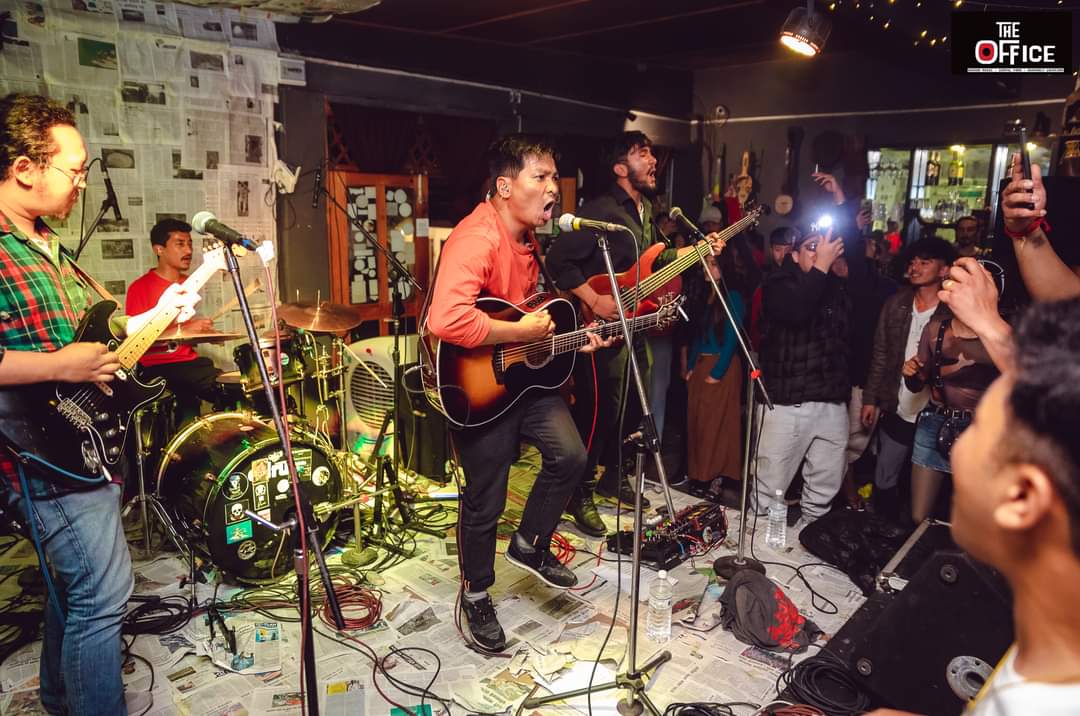
While Rai is content and pleased with his musical endeavours, keeping in mind the dedication and effort he and his team invest in the overall music production, he feels disheartened by the limited number of views he has been receiving. He says his songs are mostly listened to by regular listeners.
“New audiences seem distant from my songs,” Rai says. “With less promotion of my work, I also feel somewhat old-school.”
To improve the situation, Rai aims to learn how to market his music as he understands it is an important element in the music making process.
For now, Rai is satisfied with how listeners connect with his songs and attribute their own interpretations to them. He believes that the true beauty of a song emerges when diverse individuals derive different meanings from the same piece of music.
He also loves performing. Having lived the life of a cover singer, he now enjoys doing live shows in front of his fans who are there to listen to him play.
“The best part about live music is that we exchange positive energy there,” says Rai.
So far, Shailu Rai has performed live in Kathmandu, Pokhara and Butwal.
During live performances, Rai observed that people often enjoy hearing the story behind a song. However, for certain songs, he deliberately refrains from providing explanations, allowing the audience to interpret them in their own unique way. Additionally, Rai finds immense joy during live shows when he sees the crowd singing along and enjoying his unreleased songs.
“People are curious about those songs and keep asking me to release them,” says Rai. “I know some are tired of asking.”
Rai, who moonlights as a paragliding pilot, aspires to do various things for his musical career.
“I want to learn about music marketing and set up a home studio to at least produce a demo of a song,” says Rai. “I also want to do more videos, specifically a quality video of Sakdainau.”






